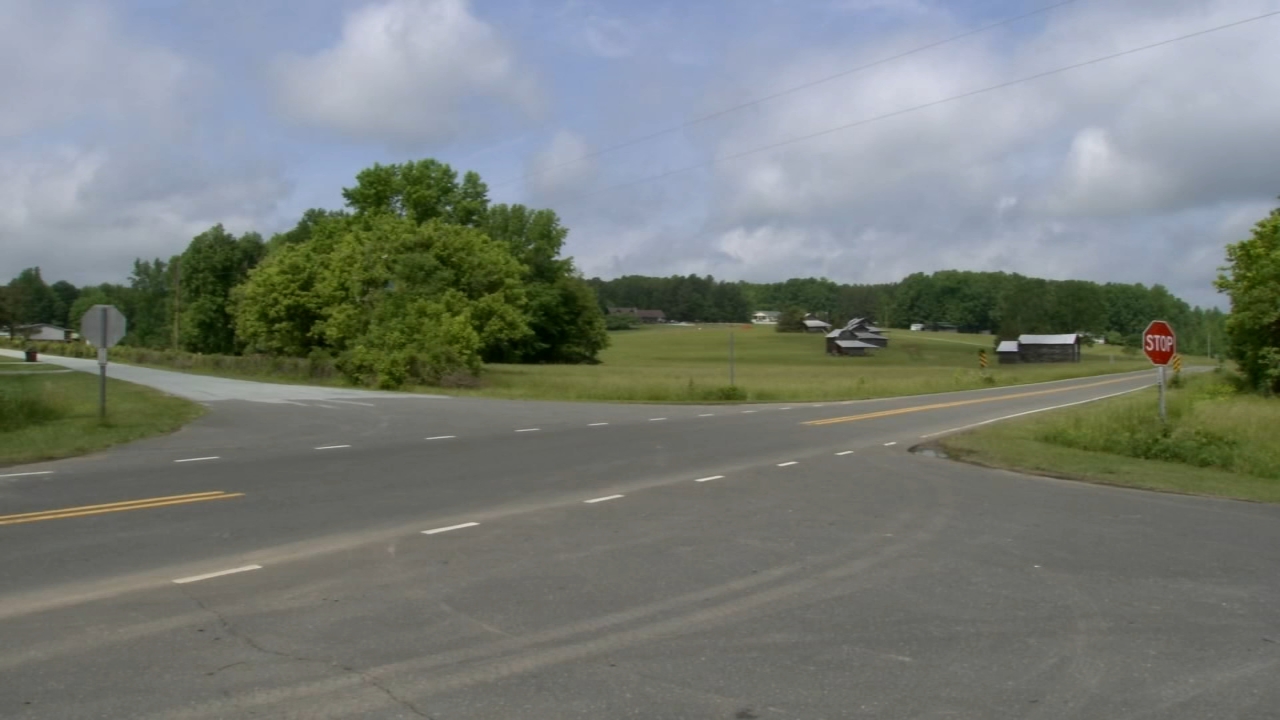Protester says she defaced 'Silent Sam' statue with her blood, red ink

CHAPEL HILL, NC (WTVD) -- An organizer of the "Silent Sam" sit-ins on the University of North Carolina campus said Monday that she defaced the Confederate statue by throwing her blood and red ink on the statue.
Maya Little, a UNC student, said in a statement that this is an "opportunity to teach."
Little was subsequently arrested by campus police, the Daily Tar Heel said.
Little, who said that she has spearheaded the protest effort since September, expressed frustration with UNC Chancellor Carol Folt about the statue's continued presence on the campus.
"These last five years Carol Folt has been chancellor and she has not taken a single step towards removing Silent Sam," Little wrote in a prepared statement. "The armed, Confederate soldier dedicated and built by racists during Jim Crow has remained. However, the dedication and courage of each successive group of students fighting for racial equality at UNC has made our message louder and clearer. The threat of Neonazis and white supremacists marching on our communities has made it more urgent."
READ: Protester Maya Little's full statement (.pdf)
The polemical statue was erected in 1913 and is located on the north side of UNC's campus facing Franklin Street. The old well is in its back drop. The statue recognizes UNC alumni men who fought and died in the Civil War (more than 1,000 UNC Alumni participated) and was given to the university by the Daughters of the Confederacy.
"Folt cares more about plastering our black faces over the Campaign for Carolina than about our safety, our dignity, our right to exist on this campus. Black community members are harassed by campus police," Little also wrote. "Black athletes are exploited by this university for the Tar Heel brand. Black faculty are not retained. Black students are forced to live and study in buildings named after people who made their fortunes through the sale of black children."
The statute has been a controversial subject for years. Some view Sam as a symbol of hate and division, others seeing it as a symbol of regional pride and historical heritage on the campus of the nation's oldest public university.








